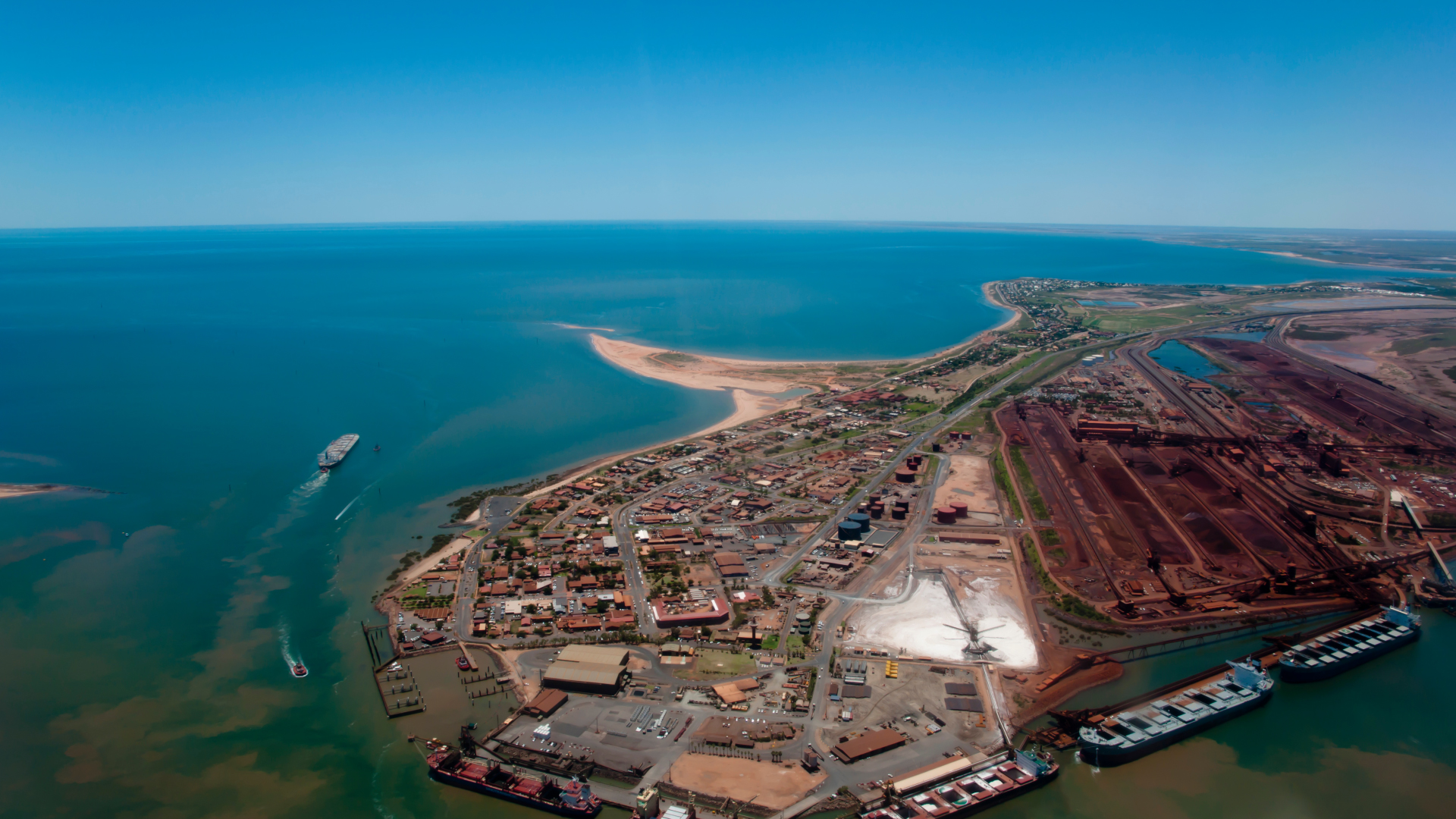Expanding Port Hedland for Future Growth
Jan De Nul Group has officially launched its latest dredging campaign at Port Hedland, Australia, maintaining its long-standing presence in the region. The cutter suction dredger J.F.J. De Nul has commenced capital dredging and reclamation works for the Lumsden Point General Cargo Facility and Logistics Hub expansion, adhering to strict environmental and cultural guidelines.
Strategic Importance of Port Hedland
Located on the North-West coast of Australia, Port Hedland holds the title of the nation’s largest export port by annual throughput. With this expansion, the port will increase its capacity to support the growing demand for the export of key battery metals like lithium and copper concentrates, critical for the renewable energy sector. Additionally, the upgraded port will handle the import of renewable energy infrastructure, including wind turbines and blades, further bolstering Australia’s sustainable energy efforts.
Enhancing Capacity to Accommodate Larger Vessels
The J.F.J. De Nul dredger will excavate up to one million cubic meters of material to establish a deeper access channel, a swing basin, and two berth pockets. These developments will allow the port to host a diverse range of vessels, including:
- Bulk carriers
- Tankers
- Roll-on/roll-off vessels (carrying wheeled cargo like trucks and cars)
This increased capacity will make Port Hedland more versatile in handling various cargo types, improving its role in global trade and exports.
Land Reclamation and Wharf Construction
As part of the dredging works, a 10-hectare area enclosed by a seawall will be reclaimed for the future construction of the Lumsden Point wharf. This reclaimed land will be crucial for the ongoing development of the port’s infrastructure and logistics hub, enabling seamless cargo operations in the future.
Meeting Environmental Standards with Precision
Strict Environmental Management
All dredging operations are being carried out under the guidance of a comprehensive Environmental and Cultural Heritage Management Plan, designed to protect the surrounding environment. The plan outlines protective measures for:
- The project footprint
- Marine environmental quality
- Nearby mangrove ecosystems
Dredged Material Processing and Water Quality Monitoring
Dredged materials will be transported via a floating pipeline to a designated land reclamation site. Suitable fill material will remain within the reclaimed area, while fine sediments and tailing water will be directed to a specialized settlement area located three kilometers away. This settlement area was established in previous projects and is designed to allow fines to settle before releasing surplus tailing water into the environment.
Continuous water quality monitoring ensures that any risks to the surrounding ecosystem, including mangroves, macro algae, and coral reefs, are minimized. Should water quality thresholds approach critical levels, immediate actions will be taken to mitigate any potential environmental impacts.
Ensuring Long-Term Environmental Protection
Baseline and Post-Dredging Environmental Surveys
In addition to real-time water monitoring, baseline and post-dredging surveys will be conducted to assess any potential long-term environmental impacts. These surveys are crucial in ensuring that Port Hedland’s expansion aligns with environmental sustainability, maintaining the ecological balance of the region’s marine habitats.
